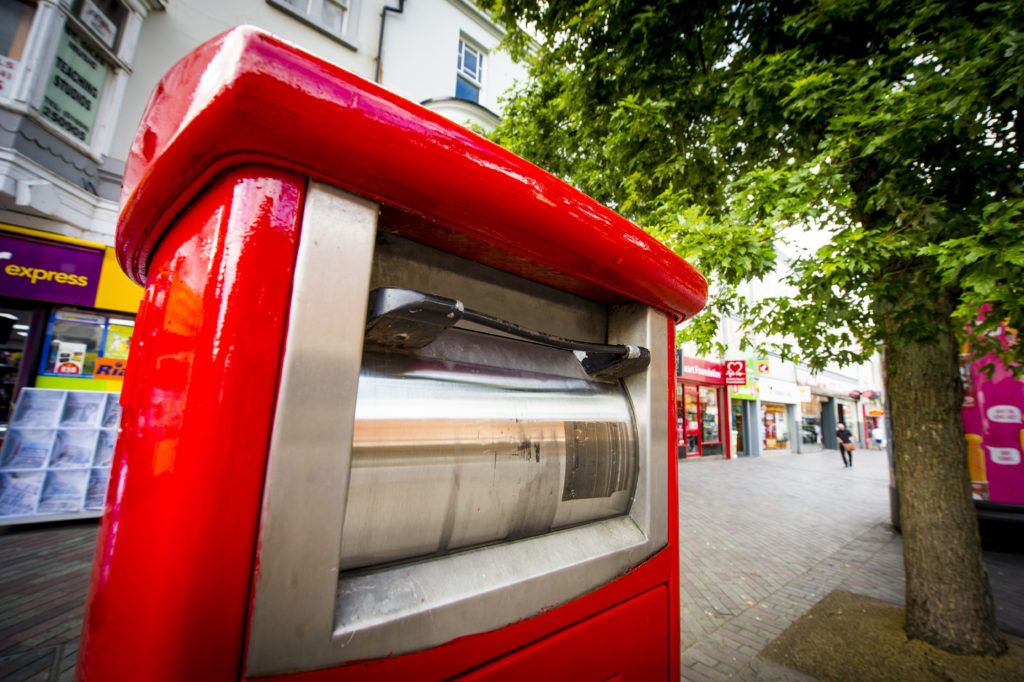


"Regionals are finally getting their due because of what's happened in the marketplace, with UPS and FedEx having peak restrictions, because of the massive amounts of volume that have come through, especially on e-commerce," said Melissa Priest, founder and CEO of Alexandretta Transportation Consulting. Smaller shippers are in a good position to renegotiate contracts with FedEx and UPS due to the carriers' increased interest in retaining and winning that business, Outman said.Īdditionally, FedEx and UPS aren't the only game in town, and more shippers are diversifying their mix of carriers to include regional players. Reducing spend in a carrier-friendly marketĭespite the pricing power parcel carriers currently hold in the market, there are avenues for shippers to pare down their transportation spend in the year ahead. According to a Shipware analysis of the surcharge, roughly 4.7 million more addresses will become more expensive to deliver to as a result. And UPS has begun applying a remote area surcharge for certain ZIP codes in the 48 contiguous U.S. FedEx introduced a $1 per-package delivery and returns surcharge assessed on packages using its Ground Economy services. Additional handling and oversized package surcharges have increased for several shipping zones at both carriers.Ĭertain residential deliveries will also see price increases. So to just focus on the general rate increase and service discounts is missing the impact entirely."Ĭompanies shipping bulkier, oddly-sized items through FedEx and UPS will be hit particularly hard with surcharges. "There are probably 100 different surcharges of different flavors, descriptions and amounts. "The sophisticated shippers will negotiate (with carriers) a general rate increase cap, or the general rate increase won't exceed a certain amount, but that doesn't apply to surcharges," Outman said.

Surcharges have grown to be a significant portion of some companies' transportation spend, sometimes climbing to as much as 40% versus 10% to 15% in years past, he added. Rates jumped in the prior quarter "due to the increase in mix of residential shipments, peak surcharges, increased fuel surcharges and tighter pricing controls by the carriers," per an AFS presentation on the index.ĭelivery surcharges pack more of a punch in 2022Īnnounced rate increases don't fully reflect how much the changes to delivery surcharges will cost shippers in 2022, said Shipware founder and co-CEO Trevor Outman. Ground parcel rates have already been above their 2018 levels since 2019, but they're expected to reach new heights in Q1 of this year, according to the January 2022 Cowen/AFS Freight Index. Shippers, meanwhile, have seen higher costs for ground delivery services, which are responsible for the bulk of e-commerce volumes that have surged amid the pandemic. In FedEx's most recently reported quarter, revenue per package at both its Express and Ground units grew YoY, and Chief Marketing Officer Brie Carere said on an earnings call that small business was its fastest-growing segment. UPS grew revenue per piece by 14% in Q3, as the company increased its share of small- and medium-sized business volume and "utilized surcharges to match demand with available capacity," according to an investor presentation. This approach has worked for the carriers financially. With volumes elevated and capacity tight, FedEx and UPS have prioritized more profitable deliveries, such as packages from small- and medium-sized businesses, while implementing surcharges and rate hikes to help them invest in bolstering their networks.


 0 kommentar(er)
0 kommentar(er)
